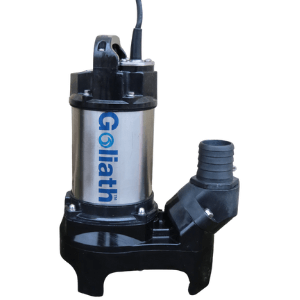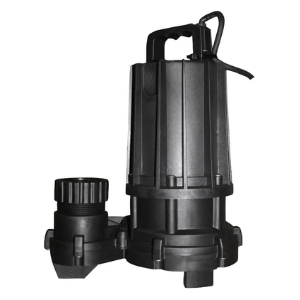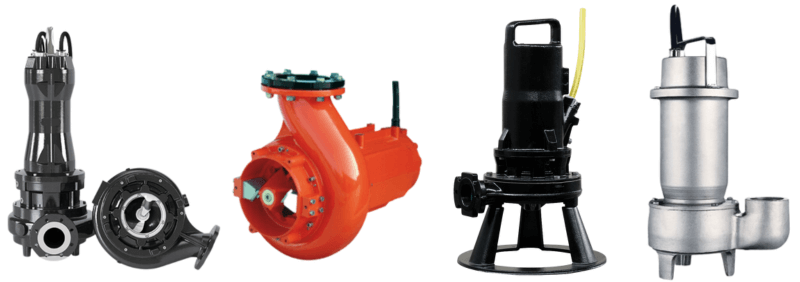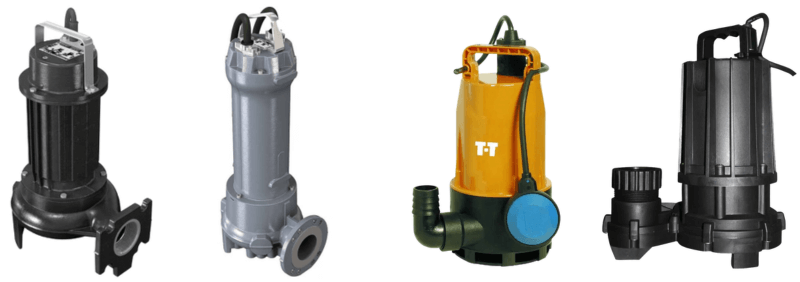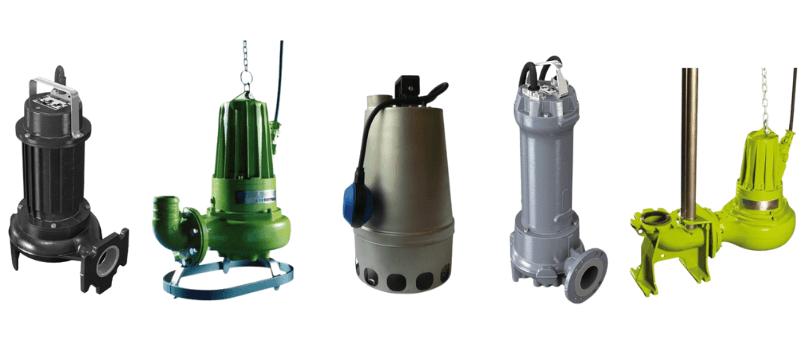How-to: Select a Sump Pump
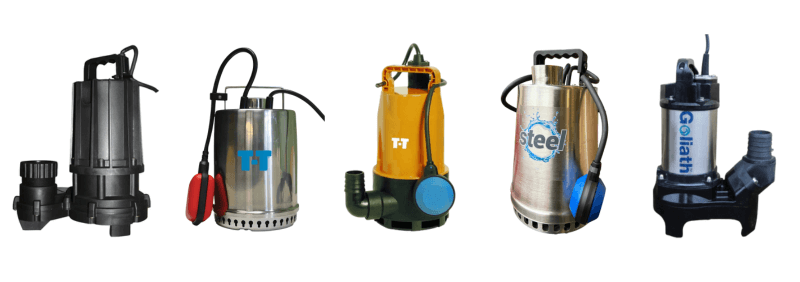
WHAT IS A SUMP PUMP?
Sump - a pit or hollow in which liquid collects
Sump pump - a submersible pump for removing water from low levels of buildings, installed in a sump at the lowest part of the floor.
Typically automatic, they can largely be left alone to control water levels by pumping collected water to the nearest drainage point.
They are very effective at controlling water levels but are not designed for pumping raw sewage or aggregates due to present solids particles; for these applications you will need a sewage pump. Submersible sewage pumps may sometimes be used in a sump application, but never the other way around – for more information read our guide Can Sewage Pumps be used as Sump Pumps?
HOW DOES IT WORK?
Excess water, such as from floods or high groundwater, drains into the sump. This lifts a level control unit that activates the pump at a predetermined point, turning the pump off again once the lower level is reached. The sump pump routes the water to another location, such as the nearest foul drain.
SELECTING THE RIGHT SUMP PUMP
Selection requires careful consideration, the most suitable sump pump for your specific application will also be the most energy efficient and operationally reliable.
The first thing to consider is the volume of water expected to be handled. This is difficult to measure and will vary according to current conditions, so it’s safest to work to your highest estimate.
- Sump size – it must be big enough to handle the highest amount of water you may need to pump, but small enough to avoid short cycling. This is where water is slow to accumulate and start the pump but quick to fall to the level required to stop the pump. This leads to frequent starting and stopping, excessive wear and increased energy consumption.
- Pump size and power – the size of the pump, pumping components such as discharge pipework, and power output will affect the maximum flow rate the pump can achieve. This must be high enough to reliably prevent a sump overflow should the maximum expected volume of water occur.
Other considerations include:
- Non-return valve – these are fitted to the pump pipework to ensure that water only flows in one direction, preventing backflow.
- Sump and power supply positioning – the sump hole needs to be positioned at the lowest point of the affected area, with the suggested 230volt 1phase power supply positioned well away from the highest potential water level.
- Maintenance – the sump size and positioning must allow for safe and easy access for future maintenance needs, such as checking for debris or other obstructions.
- Discharge point – Make sure your sump water is discharged to a safe and appropriate location. All areas have different rules for where this water can be discarded, such as grassy fields or storm drains, check with your local water authority for more information.
- Pipework – the kind of pipework used to carry your nuisance water away will depend on whether the installation is designed for permanent or temporary installation. Flexible hosing is suitable for short-term applications and compact for easy transportation, but stronger materials such as steel or ABS plastic provide greater wear resistance for long-term use.
T-T's Sump Pumps
- Stainless steel plate and fibre-reinforced plastic
- 0.75Kw output
- 35mm solids handling (vortex impeller)
- ✔️ Industrial, heavy-duty applications
- Fibre-reinforced plastic
- 0.25Kw output
- 9mm solids handling
- ✔️ Domestic, smaller industrial applications
View T-T's complete range of Sump Pumps for in-depth information and data sheets to help inform your selection.
For helo with choosing the best model for your application, contact the friendly T-T experts by calling +44 (0)1630 647200, emailing pumpsales@ttpumps.com or completing our online enquiry form.

